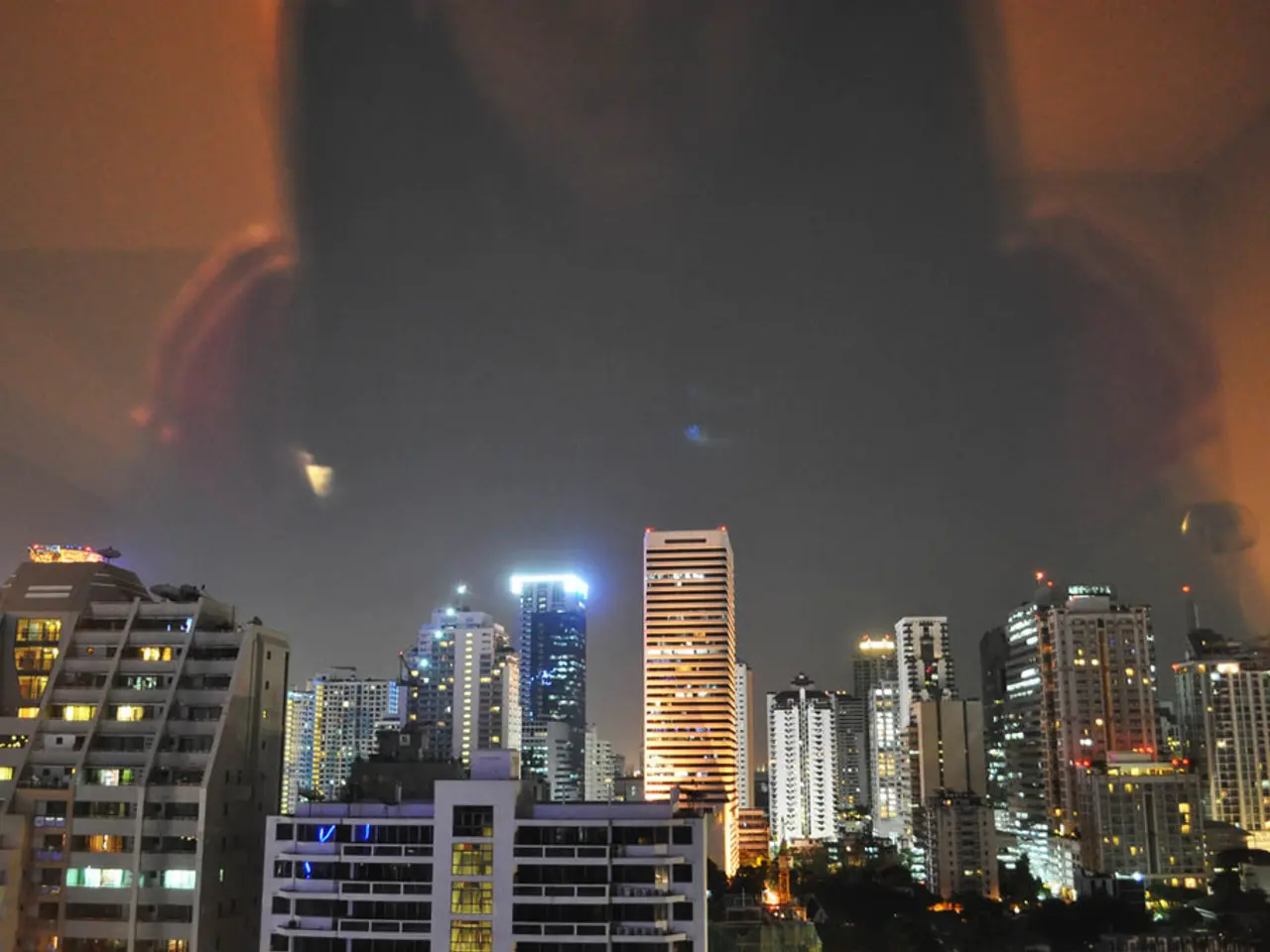Projected Expansion of Lighting Fixture Market Valued at USD 207.1 Billion by 2034
In the ever-evolving world of technology, one sector that's seeing significant advancements is the global lighting fixture market. The current trends are centred around smart lighting integration, driven by a combination of energy-saving policies, dynamic lighting features, and AI-powered smart home ecosystems.
The market is witnessing robust growth, particularly in smart residential lighting and smart city outdoor lighting, thanks to interoperable protocols like Matter, and AI algorithms that enhance product capabilities and adoption.
Looking ahead, the future growth prospects are highly positive. The global smart lighting market is projected to grow from approximately USD 11.573 billion in 2025 to USD 21.941 billion by 2029, representing a compound annual growth rate (CAGR) of about 17.7% from 2024 to 2029.
This growth will be fueled by increased government infrastructure investments, especially in smart city projects integrating IoT-enabled street lighting with adaptive brightness and sensor technology. The expansion of smart residential lighting, including smart bulbs, ceiling lights, floor lamps, and strips, which leverage voice control, app integration, and energy-efficient LED technology, will also contribute significantly.
Integration with broader smart home and building management systems, combining lighting with security, HVAC, and entertainment for enhanced user experience and operational efficiency, is another key driver. Advances in LED technology, such as improved energy efficiency, miniaturization, micro-LEDs, and recyclability, are also responding to sustainability demands.
Growing adoption of networked lighting controls (NLCs) in commercial spaces, showing energy cost reductions of about 25%, and the increasing use of sensor and adaptive lighting systems for outdoor and street lighting, contributing to energy savings, safety, and sustainability goals within smart city frameworks, are further growth catalysts.
Additional trends supporting growth include rising demand for multifunctional lighting fixtures that blend artisanal design, sustainability, and technology. For example, smart LED pendant lights featuring motion sensors and app control are becoming increasingly popular.
Europe is focusing on eco-friendly lighting, driven by strict energy regulations and high LED demand. The global lighting fixture market is expected to reach USD 207.1 billion by 2034. In 2024, fluorescent lighting led with a 52.6% share in the market. Ceiling lights dominated with a 60.5% market share in 2024.
The market is projected to grow at a CAGR of 4.6% during the forecast period. Smart lighting integration, human-centric lighting, sustainable design, customization and modularity, and architectural lighting are emerging trends in the lighting fixture market. Latin America is growing slowly, fueled by economic recovery and rising demand for affordable, energy-saving lighting.
The Middle East & Africa sees moderate growth from luxury and infrastructure projects, especially in the Gulf region. Offline sales channels accounted for 90.6% of sales in 2024. Commercial applications captured 58.6% of the market in 2024.
Overall, Asia Pacific shapes global market trends with its leadership in technology and efficiency. North America holds a significant share in the global lighting fixture market. In July 2024, consumer lighting startup Corvi LED secured $8 million in funding. In June 2024, home decor firm Trampoline raised $5 million in funding.
Fluorescent lights convert over 20% of electrical energy into light, making them 10 times more efficient than traditional bulbs. They have a rated lifespan of 7,000 to 15,000 hours, significantly outlasting incandescent lamps. In 2023, Asia Pacific led the global lighting fixture market with a 48.3% share.
In summary, smart lighting integration is a pivotal driver of global lighting market growth, supported by technological innovations, IoT and AI integration, and policy-driven sustainability initiatives. The market outlook to 2029 and beyond is highly positive, with strong CAGR and expanding applications across residential, commercial, and outdoor smart lighting segments.
Fans of sports may find it interesting to note that the global lighting fixture market is expected to grow significantly over the next few years, with a focus on smart residential lighting and smart city outdoor lighting. This growth is driven by the adoption of interoperable protocols like Matter, AI algorithms, and smart home integration.
In the future, integration with broader smart home and building management systems will combine lighting with security, HVAC, and entertainment for enhanced user experience and operational efficiency, making it a potential area of interest for tech-savvy sports enthusiasts.







